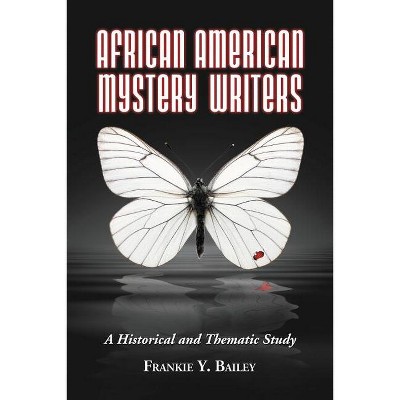Sponsored

Gravity in Art - by Mary D Edwards & Elizabeth Bailey (Paperback)
In Stock
Sponsored
About this item
Highlights
- The gravitational pull of the earth and the challenge to resist it have long inspired artists.
- About the Author: Mary D. Edwards is a professor of art history at Pratt Institute in Brooklyn, New York and is a member of the Renaissance Seminar at Columbia University.
- 364 Pages
- Art, Criticism & Theory
Description
About the Book
"This collection examines the ways artists from antiquity to today use gravity and/or levity symbolically, metaphorically, and expressively. The 26 essays examine these opposing forces through analysis of such dualities as ascent and descent, weight and weightlessness, hope and despair, or life and death. They demonstrate artists' new ways to represent visually the phenomenon of gravity"--Provided by publisher.Book Synopsis
The gravitational pull of the earth and the challenge to resist it have long inspired artists. Like the Greek vases depicting Sisyphus's endless quest to push his boulder up a hill and the Whirlwind Lovers in Dante's Inferno, images that portray the defiance of gravity or submission to it permeate the artistic world. This collection examines the ways artists from antiquity to today use gravity and levity symbolically, metaphorically, and expressively.
The 26 essays examine these opposing forces through analysis of such dualities as ascent and descent, weight and weightlessness, hope and despair, or life and death, and draw distinct lines between the works of art and texts of such writers and thinkers as Homer, Aristotle, Newton, Marx and Einstein. Together, they demonstrate that as our ideas about this essential force or space-time concept change, so too, do artists create new ways to represent visually the phenomenon of gravity.
About the Author
Mary D. Edwards is a professor of art history at Pratt Institute in Brooklyn, New York and is a member of the Renaissance Seminar at Columbia University. Her articles have appeared in Studies in Iconography, Zeitschrift für Kunstgeschichte, and the Journal of the Society of Architectural Historians. Elizabeth Bailey is a professor of art history at Wesleyan College in Macon, Georgia. Her work has been published in Speculum and Explorations in Renaissance Culture.










